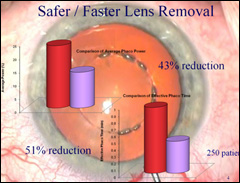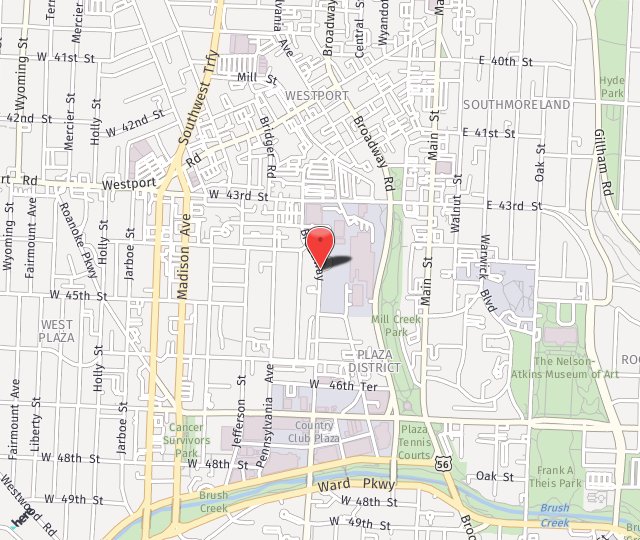Cataracts


HOW DOES CATARACT AFFECT YOUR VISION?
The eye has a clear lens through which light passes, allowing you to see. When the lens loses its transparency, the cloudy tissue that develops is known as a cataract.
Cataracts cause progressive, painless loss of vision. The lens clouds naturally as we age, causing a gradual reduction of vision. In younger patients, cataract can result from an injury, certain medications, or illnesses such as diabetes. Prolonged exposure to ultraviolet light may also play a role in the formation of cataracts. Studies have also shown that people who smoke cigarettes have a higher risk of developing cataracts than non-smokers.



Although cataracts usually develop without apparent pain, some indications that a cataract may be forming are:
- Blurred or hazy vision
- Double vision
- Poor vision in bright light
- Seeing halos around lights
- Yellowish tinged vision
- Night vision difficulty



If visual impairment interferes with your ability to read, work, or do the things you enjoy, then you will want to consider cataract surgery. Surgery is the only proven means of effectively treating cataracts. Cataract surgery is a relatively painless and frequently performed surgery. It has a very high success rate and more than 90 percent of cataract surgery patients regain useful vision.
We perform a minimally invasive, cataract surgery called phacoemulsification (“phaco”) surgery. First, the eye is numbed with anesthesia. Then a tiny incision is made in the eye to make room for a small ultrasonic probe. This probe breaks up, the cloudy lens into tiny pieces and gently removes those pieces out of the eye. This is followed by the placement of a new, artificial lens called an IOL.
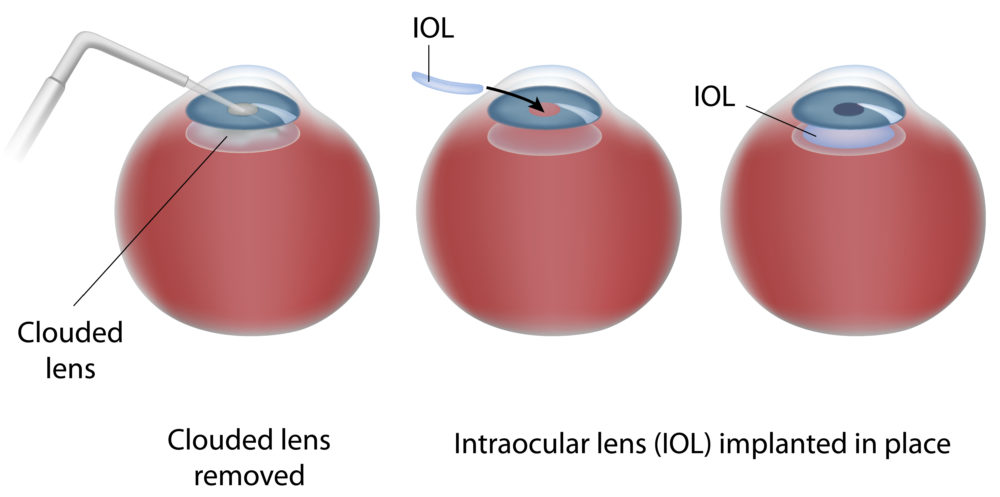





PHACO SURGERY
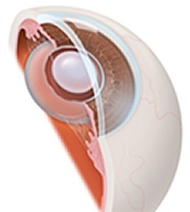


NEW IOL IN PLACE
SELECTING THE RIGHT IOL
In cataract surgery, the cloudy natural lens is removed and must be replaced with an artificial intraocular lens (IOL). There are a variety of IOLs that can be used in cataract surgery, and they each have their own set of advantages and disadvantages. No single IOL works best for everyone, and only your ophthalmologist can determine the most appropriate IOL for your needs.
LASER-ASSISTED CATARACT SURGERY
Eye surgery is a branch of medicine where equipment and techniques are constantly evolving. Lasers have revolutionized the way vision problems are treated. In fact, LASIK and laser eye surgery really didn’t even exist just 30 years ago! Now there is a new advance that can dramatically improve the lives of patients with cataracts: laser-assisted cataract surgery.
The computer-guided laser automates the first steps in the cataract surgery procedure:
These are 1. the initial incisions; 2. the opening of the lens “bag” (called capsulotomy); and 3. the breakup and removal of the cloudy natural lens. These steps, traditionally performed with hand-held instruments and ultrasound probes, can be performed by a fast, accurate laser.
This leads to improved precision and safety, which means better outcomes for patients. Detailed explanations can be provided by our staff and doctors, but key advantages are:
- Laser-precise incisions
- More accurate lens centration
- Gentler and easier cataract removal
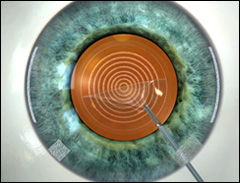

During surgery, after the opening is made, the lens is separated from the capsule and “chopped into pieces” with ultrasonic power (sound waves). Certain complications, including tears in the capsule, can occur during this step, depending on how much power is needed to break up the cataract. The laser can be used to pretreat – to gently break up or even liquefy the cataract. 